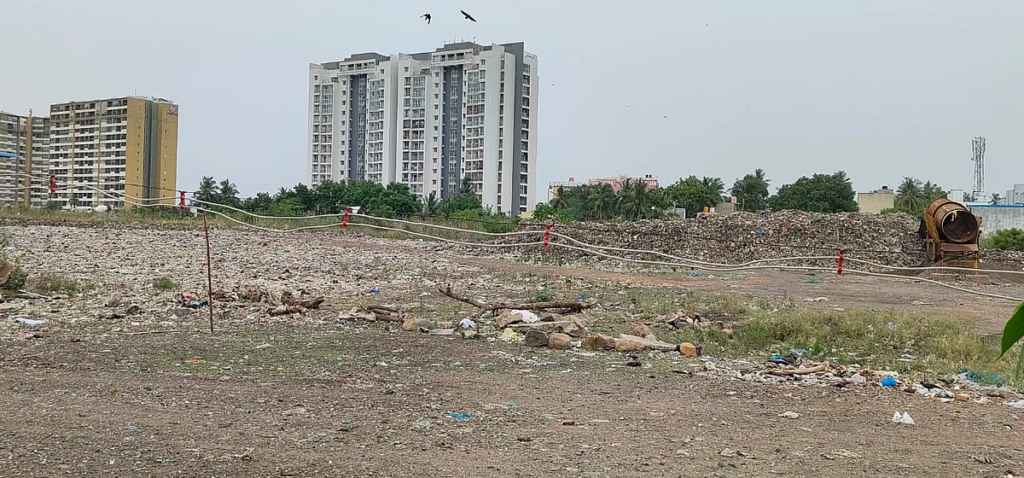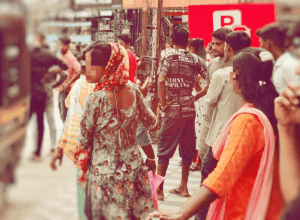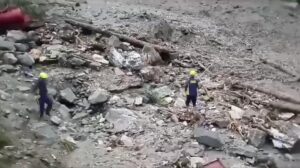This report, part of a larger series on the waterbodies in the Pallikaranai watershed, highlights the decline of Pallavaram Periya Eri. Earlier articles covered the degradation of the Sembakkam, Madambakkam, Nanmangalam, Keezhkattalai and Narayanapuram lakes. Pallavaram Periya now stands as a reminder that legal victories alone cannot ensure environmental justice without civic action and political will.
A decade-long battle to save Pallavalam Periya Eri
Pallavaram Periya Eri began deteriorating around 1997 when municipal authorities started dumping waste at its southern end. Over time, this led to the buildup of about 1,08,000 cubic metres of waste above ground and 61,000 cubic metres below.
After years of deliberation, the NGT ordered the complete biomining and remediation of the legacy waste. In 2021, the Pallavaram Municipality informed the tribunal that they had bio-mined 1,08,000 cubic metres of waste, which was processed into Refuse Derived Fuel and removed from the site. They also stated that the Centre for Environmental Studies at Anna University had been tasked with assessing additional legacy waste beyond the original estimate.
“The Pallavaram Municipality floated a tender for the project in 2018-19 at an estimated cost of ₹7.2 crore. However, implementation delays, worsened by the COVID-19 pandemic, meant that the contractor abandoned the project midway without clearing the waste,” says David Manohar from Arappor Iyakkam. Notably, Arappor Iyakkam has been instrumental in gathering public support and staging several protests to restore the lake.
“To process the excavated waste, the government had also commissioned a Waste-to-Energy plant in Vengadamangalam at a cost of ₹80 crore. This too faced resistance, with residents complaining about the foul odour because of a malfunctioning drying pan. Consequently, the project came to a halt,” notes Surendranath.
Surendranath points out that while the NGT monitored the case for nearly eight years, frequent transfers of officials and shifting political priorities hindered progress. In 2023, the NGT closed the case. The court’s directions remained largely unimplemented.
Lasting change is possible only through sustained local engagement, beyond courtrooms and legal petitions, observes Surendranath.
Sewage, the main enemy




